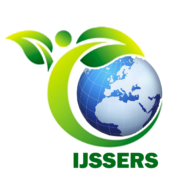Digital Kenya: A Key Driver in Entrepreneurship Ecosystem in Higher Education
Higher education institutions must be an integral part of the ecosystem and work closely with all stakeholders to promote entrepreneurship. To create entrepreneurial endeavors that are mutually beneficial and self-sustaining, these systems necessitate a lot of connections among organizations, individuals, and operations. The university setting might be the best place to start to identify potential entrepreneurs who play crucial parts in establishing and maintaining strong entrepreneurship cultures within countries. One of the first stages in Kenya’s new strategy for entrepreneurship growth was the inclusion of entrepreneurship instruction in all technical teacher education institutions in the country. Hence the Ministry of Renew search, Technical Training, and Technology implemented a new policy mandating all technical education participants to accomplish a course in entrepreneurship education. Despite the initiatives, the growth of the Higher Education Entrepreneurship Ecosystem has remained sluggish in the county. But with digital transformation in the country, it was expected this was to act as the key driver in Entrepreneurship Ecosystem in Higher Education. The paper aimed at examining how digital transformation is a key driver in Entrepreneurship Ecosystem in Higher Education in Kenya. The study was anchored on the Schumpeter theory of innovation, the theory of change, and the Institutional Theory. The paper used a desk review in-depth desktop review. The findings imply that we are trying to establish how digital transformation triggers the growth of entrepreneurship in higher education.

